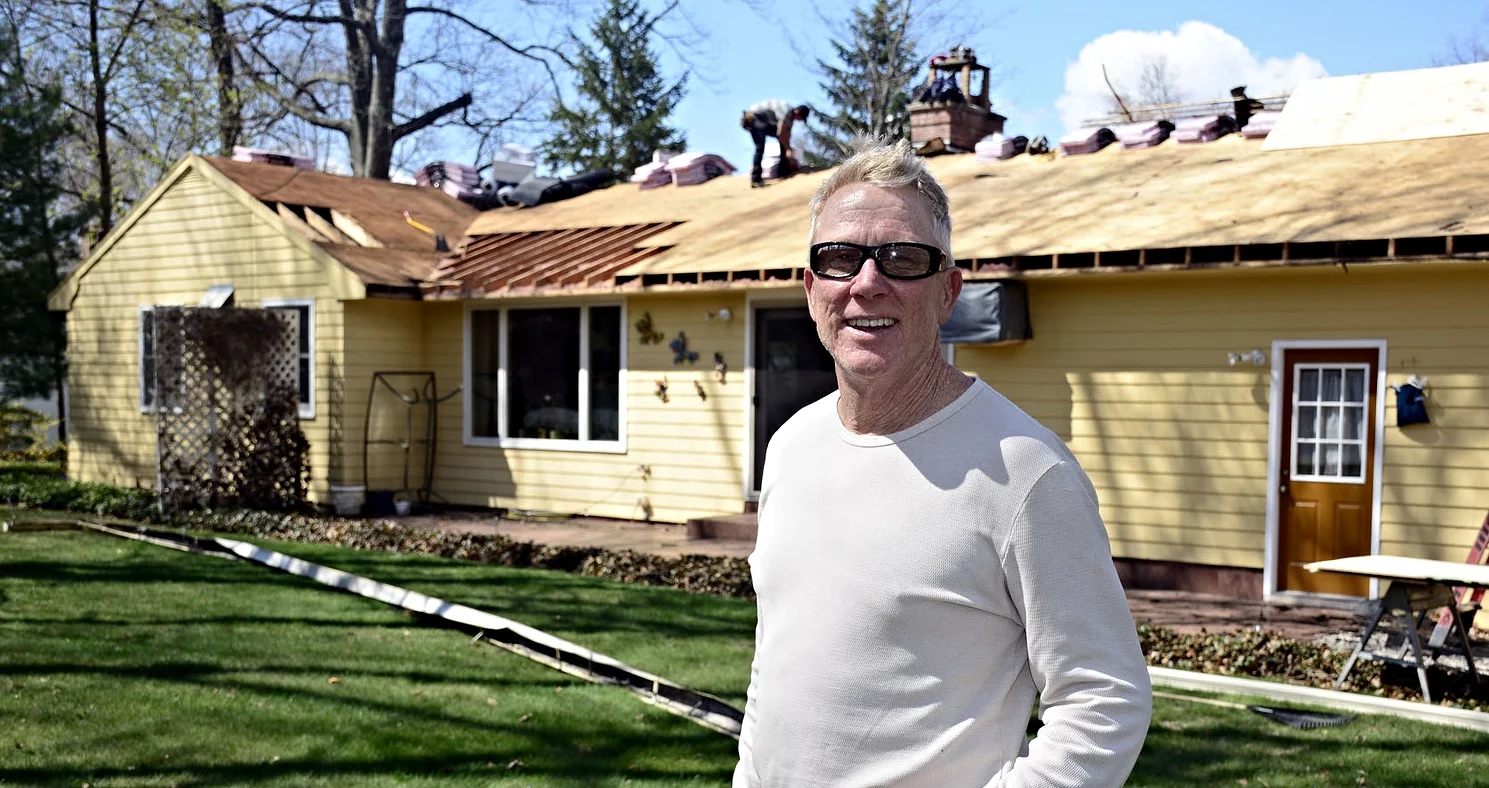To Patch, Resurface, or Replace Your Driveway - That is the Question
Chelsea O'Donnell
A driveway is the entry point into almost every home, but a cracked surface can instantly date and devalue the property, especially if you’re a homeowner who is looking to sell in the near future. Depending on the condition of the driveway, patching, resurfacing or replacing the asphalt are all options to give your home a freshening up that will increase its resale value. Let’s take a look at the best ways to tackle this project.
If you’re wondering why your driveway has cracked or crumbled in the first place, the most likely culprits are sun and rain. The strong rays from the sun break down the surface of the asphalt while water from rain, ice, and snow run underneath, eroding the gravel which creates cracks and areas that begin to cave in. A driveway should last for at least 15 years depending on the conditions, but as time passes and you start to see these signs, you’ll know that you’re ready for an upgrade.
If cracking is your problem, have a look at how thick the cracks are. If they are less than a quarter inch wide, you can use a liquid crack filler to fix them. First, use a screwdriver to remove any debris from the crack and then use a powerful stream of water from a hose or power washer ensure the inside of the crack is clean. Allow the area to dry completely. Once it’s dry, shake your crack filler vigorously to ensure all the ingredients are combined. Fill the crack flush to the rest of the pavement and then smooth to even it out if necessary. Allow the filler to dry, noting if the mixture sinks into the pavement and requires a second coat. Wait at least 24 hours before applying a second coat if necessary and then wait for an additional 24 to 48 hours before walking or driving on the repaired pavement.
If you have larger cracks, divots, or places in the driveway that have caved in slightly, you may need to resurface it. This is cheaper than replacing the entire driveway and can be a very effective alternative if the damage is not too severe. Concrete resurfacer can be purchased at any home improvement store and should be applied according to the instructions on the bag. Remember, resurfacing means that you won’t be able to use your driveway for a few days while it dries, so don’t take on this project on the same weekend that you’re hosting a graduation party or having a picnic for the 4th of July.
Finally, if you have large sinkholes or what we call birdbaths, it’s likely that the foundation and drainage system underneath the asphalt or concrete is not working properly, so patching and resurfacing are only going to work temporarily. If this is the case, you’ll likely need to replace the driveway in its entirety in order to truly fix the problem. While this is the most arduous of the three options, it will also last the longest. A new driveway under good conditions should have a lifespan of 20 to 25 years and new pavement will give your home fantastic curb appeal. Again it’s important to note that installing a new driveway is a two-step process which includes laying the gravel for drainage and setting the pavement on top. Putting down the gravel sometimes means waiting two weeks for it to settle, so before you take on this kind of work, be aware of the time that it takes to complete.
Bob O’Donnell is the owner of O’Donnell Bros. Inc., a Bristol-based home improvement company established in 1975. Email your questions for Bob to info@odonnellbros.com with the subject line “Ask the Pro.” All questions may be considered for publication. To contact Bob for your remodeling needs, call O’Donnell Bros. Inc. at (860) 589-5155 or visit http://www.odonnellbros.com. Advice is for guidance only.
